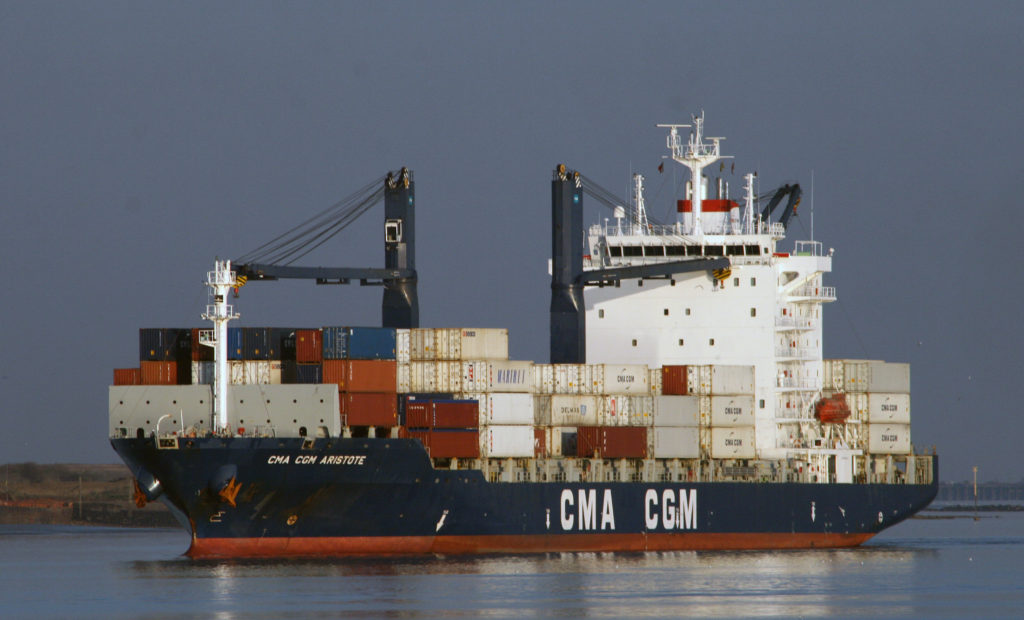
Container ships, tankers, freighters, and cruise ships are a significant source of carbon dioxide emissions and other pollutants. They currently account for 3% of global emissions – which doesn’t sound like much – but most other sectors such as power plants and automobiles are gradually decarbonizing. As a result, experts believe that shipping could account for as much as 17% of global emissions by the year 2050.
Norway is the world leader in electrifying cars and it is taking the lead on ships as well. Since 2015, a mid-sized car ferry called the MS Ampere has traversed the Sognefjord in western Norway seven days a week from early morning until evening, each time carrying up to 120 cars and 360 passengers. It uses battery and motor technology almost identical to that of plug-in electric cars.
Currently, Norway has two fully operational electric-powered ferries, but another 10 will be christened this year and 60 by 2021. Norway plans to have its entire ferry fleet all-electric or hybrid technology by 2023. Norwegian cruise operators and container ship companies are also working on electrified vessels.
But converting the world’s shipping industry to run on renewable energy faces significant challenges. It is one thing to power a car ferry with electricity and batteries to cross a Norwegian fjord with charging stations at either end of the run. It is quite another thing to power massive ships that have to cross oceans.
There is still much progress needed in battery technology to enable a widespread transition to electric shipping, but converting the global shipping fleet from heavily polluting fuel oil and diesel to renewable energy is an important goal to tackle.
**********
Web Links
Europe Takes First Steps in Electrifying World’s Shipping Fleets
Photo, posted November 19, 2011, courtesy of Flickr.
‘Electrifying Shipping Fleets’ from Earth Wise is a production of WAMC Northeast Public Radio.
Leave a Reply